Reagan Presidential Library - Treasure Trove of U.S. History, plus Historically Significant Traveling Exhibits
July 4, 2023, Simi Valley, CA: The occasion for my visit was to attend the unveiling of the beautiful Sally Ride statue at The Ronald Reagan Presidential Library. More about that in a minute. First, a bit of background on the scene.
From the time you drive up Presidential Drive to the main entrance, the setting for the Library is impressive, and beautiful. Vistas abound as you walk up to the buildings houssing the permanent and traveling exhibits. On this day, the 247th birthday of our nation, there was a special festive atmosphere. Children and grownups alike sported red white and blue outfits, and spangly silver as well as red white and blue stars on their faces. A band did a lively rendition of a Johnny Cash song, and various characters from our country's past were on hand to greet visitors and talk history. There were also games for both kids and grownups, and the exhibits. Before the unveiling, we had time to visit one of the permanent exhibits, the Air Force One Pavilion, what friends have called "The Wow Room." That's the one where you can see and board Air Force One, tail number 27000, the plane used as "The Flying Office" by seven U.S. Presidents in all from 1973 to 2001: Presidents Nixon, Carter, Ford, Reagan, George H.W. Bush, Clinton and George W. Bush. Astonishing how small it seems inside, compared to what one would expect. But what a sight, standing under its appropriately huge wings. Inside a building! Also in the Wow Room: one of President Reagan's presidential limousines and Secret Service suburbans (later referred to as "The Beast(s),") part of the permanent exhibit on presidential motorcades. Plaques you can zoom in to read tell us that the Secret Service began driving presidents in 1945, previously following presidents' limousines in separate vehicles. Also that to insure presidents' safety, beginning in the 1960s the Beasts were flown to countries the presidents were visiting for official business. At the time we visited, there was a major traveling exhibit about the Holocaust: Auschwitz, not long ago and not far away, to which large numbers of schools have been sending students for educational purposes. The exhibit contains 700 horrifying artifacts, objects from the Auschwitz-Birkenau State Museum as well as more than 20 institutions and museums all over the world, and tells the story of "perpetrators as well as victims who lived inside." The exhibit is to close August 13. If you wish to see it, you can buy tickets at the link above in this paragraph. Dr. Sally Ride Inspiration for Women -- of all ages
And finally, we were able to watch the full ceremony unveiling the beautiful statue of Dr. Sally Ride, the first woman astronaut, and the person President Reagan selected to solve the mystery of what led to the Challenger disaster. In the film you'll see the lively sister of Sally Ride, Bear Ride, alongside the painting of that most inspiring woman who told young girls they should "Reach for the stars!" Dr. Bear Ride is continuing this invaluable message for girls and women around the globe through her foundation ridefoundation.org. Her speech at the event told the story of how the matriarch of the family inspired both Sally and herself to be whatever they wanted to be. Thanks to filmmaker Steven C. Barber for inviting me to attend. He was the "Energizer Bunny" as Dr. Bear Ride put it, who organized the project of creating and producing both the lovely statue and its home at the Ronald Reagan Presidential Library. Thanks also to David Trulio, president and chief executive officer of the Ronald Reagan Presidential Foundation and Institute for hosting this event, and providing important exhibits to the public.
0 Comments
A rocket scientist adventurer ponders what will kill you
Out of darkness comes hope, and out of hope comes an unexpected passion and renewed sense of life ... if he can keep himself alive long enough to enjoy it. Rocket scientist/Star Trek writer/safari warrior/author Chester L. Richards asks: Is nature out to kill us? Maybe not. But someone is.
-Ed., The Mensa Bulletin, March 2023 I’m like a pinball in a pinball machine. I get knocked about a lot. I have been highly entertained and challenged by this, engaging in near-impossible tasks as an engineer on the aerospace frontier. Even better, bouncing around my somewhat eccentric career, I have met some of the most extraordinary people. But sometimes being a pinball hurts — a lot! Read more in the March 2023 Mensa Bulletin. A huge thanks from Chester for the delightful graphics they created to illustrate perfectly how his life has ricocheted through adventures personal, professional, and both mind- and soul-expanding. 'Star Trek' Episode 'The Tholian Web': Behind the Scenes with Co-Author Chester L. Richards11/19/2022 New Star Trek Video on the Chester L. Richards YouTube ChannelCome fly with Chester L. Richards as he reveals behind the scenes adventures of how fan fave Star Trek episode 'The Tholian Web" came about. Learn how he and his friend Judy A. Burns conceived the original story, and wrote the script for what became the on air version of "The Tholian Web," including fascinating twists and turns as the script evolved. Ah, Hollywood!
Ford vs Ferrari
Welcome back to Adventures with Chester L. Richards on our new YouTube Channel @ChesterLRichards.
Do come with us this time as we go on a racing adventure: “Ford vs Ferrari.” Learn fascinating facts about the genius behind the legendary Ford GT engine that defeated Ferrari in the 1966 Le Mans, as depicted in the widely acclaimed film starring Matt Damon and Christian Bale, "Ford v Ferrari." Nominated for Best Picture, the film lost to Parasite, but did capture two Oscars: Best Film Editing and Best Sound Editing. #YouTube #FordVFerrari #LeMans #Adventures #BobPons #ChesterLRichards #RocketScience #Memoirs #Oscars New video on the Chester L. Richards YouTube Channel
Welcome back to Adventures with Chester L. Richards. Join us again as we go on a new adventure: “Flying Rockets in Space is Fun.” What does that have to do with crystals? Or bedrooms? Tune in to find out.
“Three...two...one...fire!” Hissss. Pop. “Uh, oh!” said the technician as the meters all swung to zero and red lights lit up down the length of the long control panel. My signals also had disappeared. “What’s up?” I asked. “We just blew up the test stand.” “That little pop?” “Yeah, that little pop.” I moved toward the door to see what had happened. I visualized some minor damage. The little pop made it seem like the technician must be exaggerating. “Hold on, don’t go out,” he said. “Safety requires an hour wait.” He was right. Hydrogen and Fluorine were the propellants for our rocket engine — nasty stuff those, and they had to be fully dissipated before we could pay a visit outside. The test stand consisted — I should say had consisted, before our recent, most rapid remodeling — of a concrete blockhouse, a neat tangle of piping and tanks above a concrete pad, and the rocket mounting fixtures. These fixtures projected the blast from the engine horizontally over the lip of a steep canyon near the fabled California town of San Juan Capistrano. The blockhouse was long and narrow — perhaps twice the size of a large living room. It was situated about thirty yards from the canyon’s edge and oriented parallel to the edge. The control panel stretched along the entire length of the blockhouse wall facing the canyon. Doors at each end of the blockhouse opened onto narrow, concrete walled, and labyrinth shielded, walkways which led to the canyon lip. Between the blockhouse and the canyon was the tangle of silvery pipes and tanks — all of which were suspended over our heads by massive steel girders. These girders also supported the cradle which mounted the rocket engine. With nothing to do, time passed slowly until the all clear was given. Eagerly, I walked out the door and passed the labyrinth shield to find that the entire far end of the test stand had simply . . . vanished. Ten yards from the edge of the canyon the piping and girders, the rocket engine and its cradle, all had been sheared off, as neatly as if with a surgeon’s scalpel, and vaporized. Only the concrete pad remained, just slightly scorched. “We won’t be doing any more testing soon,” said the technician. “I’ve seen this before. It’ll be a year before we get this place up and running again.” All I had, after nearly a year’s hard work, was about a second’s worth of now priceless data. I realized we would have to proceed to the flight tests without the confidence building experiments that we had intended. That’s often the way it is with National Priority programs. What we were doing was, after all, of the greatest national significance... Excerpt from "Rocket Science," in From The Potato to Star Trek and Beyond: Memoirs of a Rocket Scientist. Copyright @ 2022 Chester L. Richards. All rights reserved. Photo Minuteman III Rocket launch from Vandenberg Air Force Base. Camera Operator: F. Franz. Released to public. New! See me talking about Flying Rockets in Space, crystals and bedrooms on new YouTubeVideo! |
From Chester L. Richards
Hello, and happy to see you here! A little about what's behind these stories: Having retired from the world of aerospace engineering, I now spend time reading, inventing, listening to music, taking photographs and sharing them with friends. And writing stories. Often about people I've met as I've traveled to exotic places, learned about music, surfing, white water rafting, optics, photography. Every story is true. I hope you enjoy them. Archives
June 2024
Categories
All
|
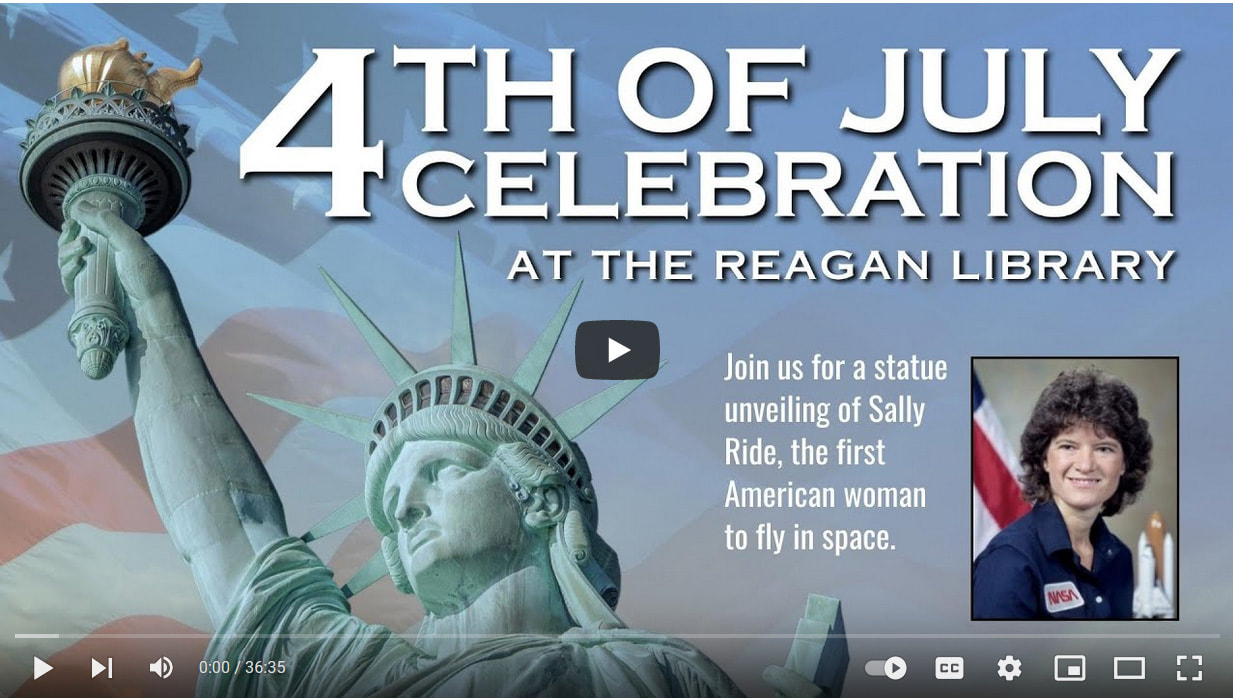

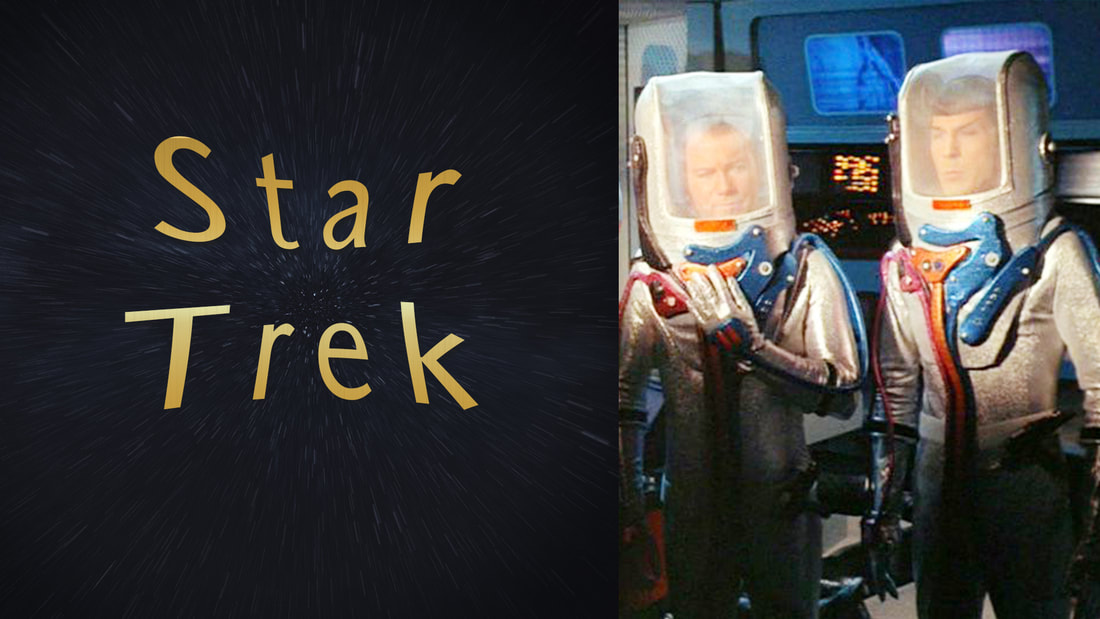
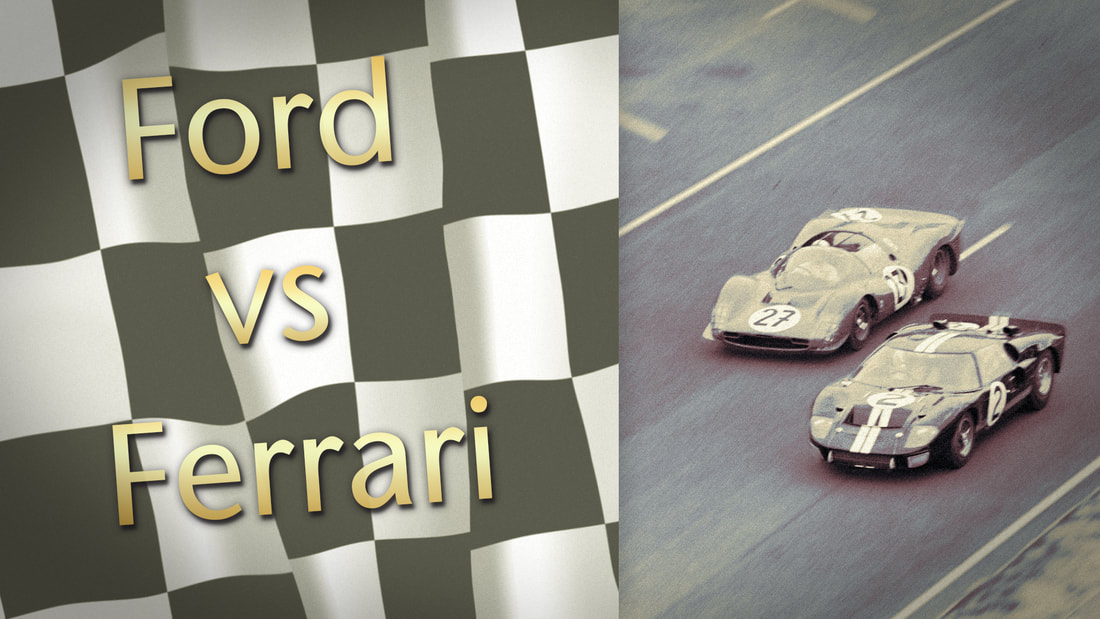
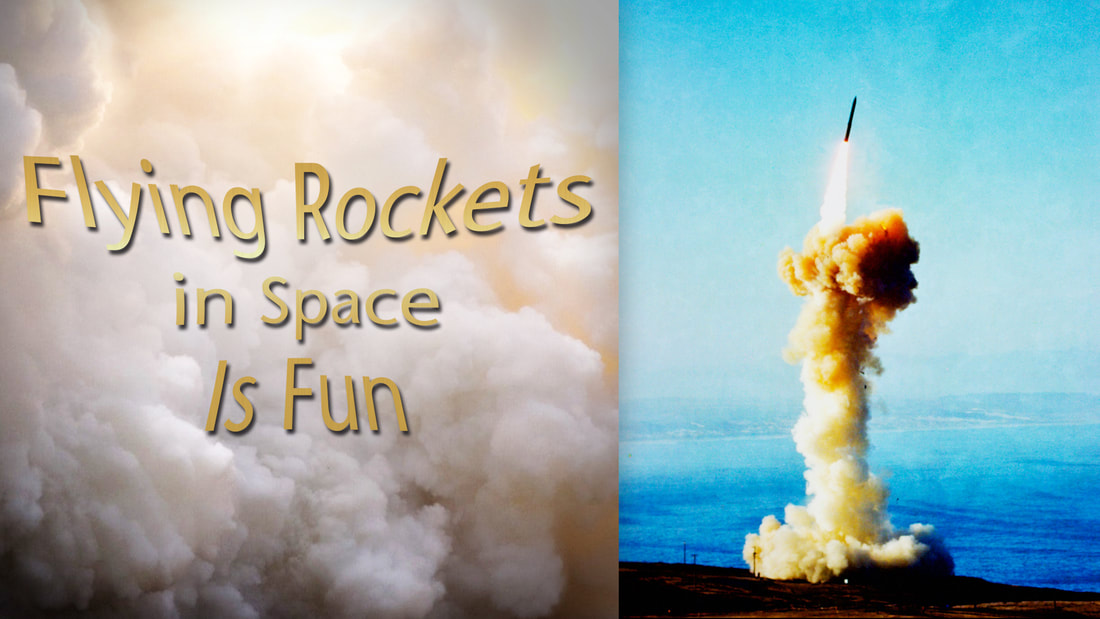
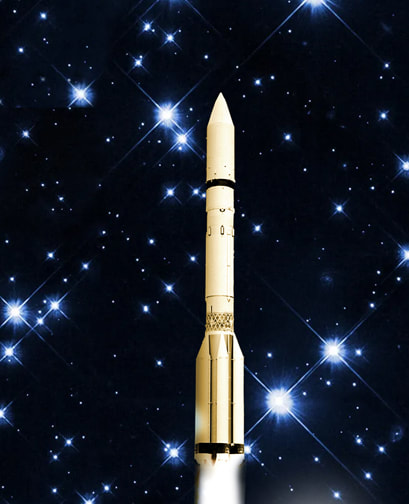
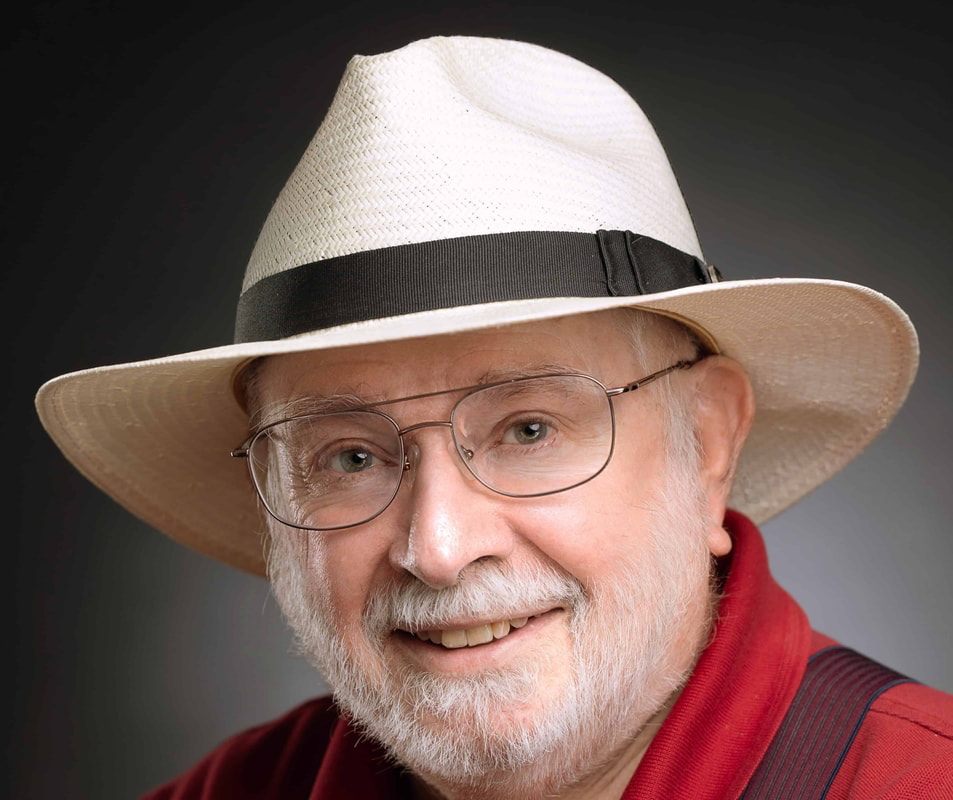
 RSS Feed
RSS Feed





